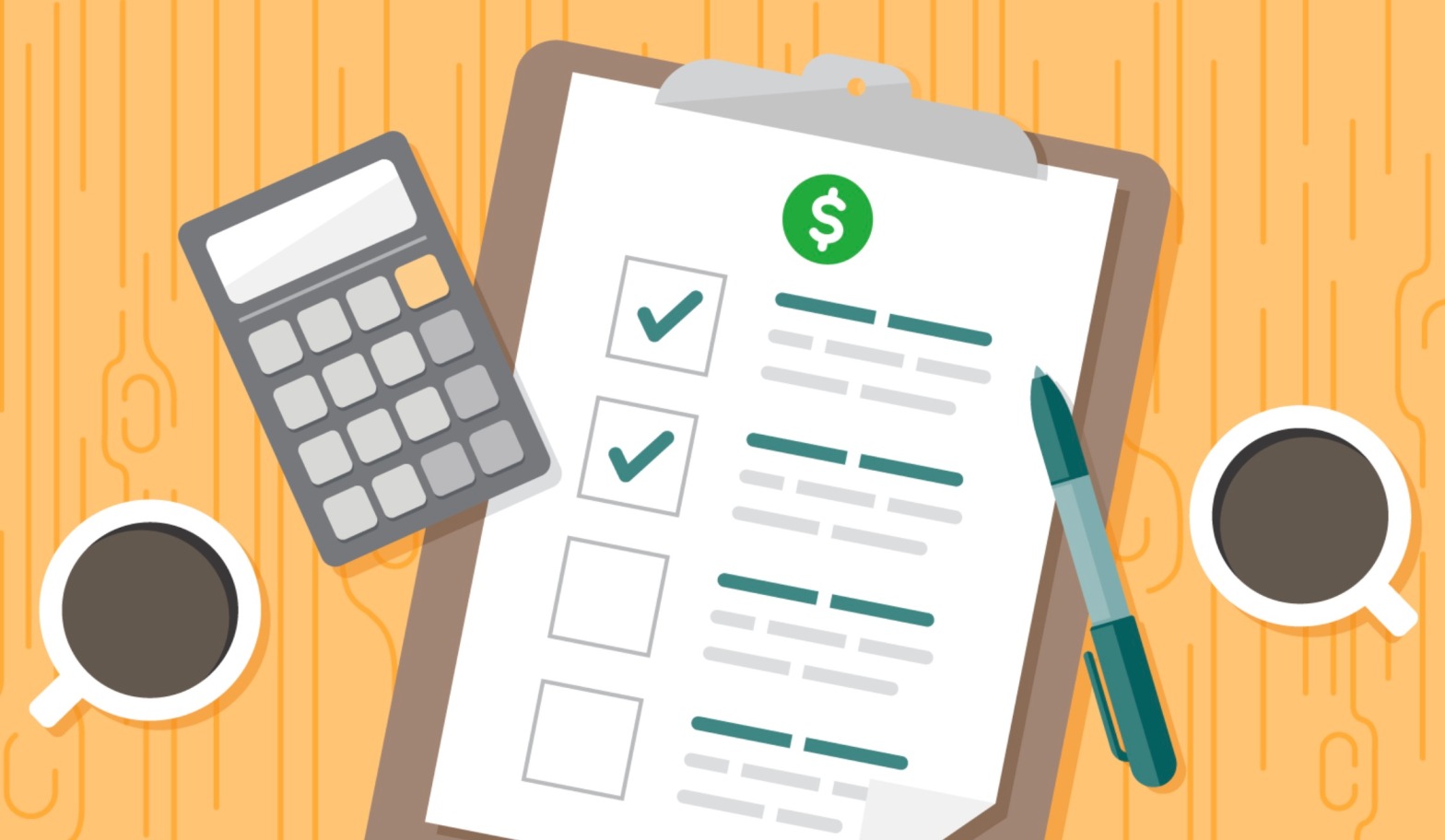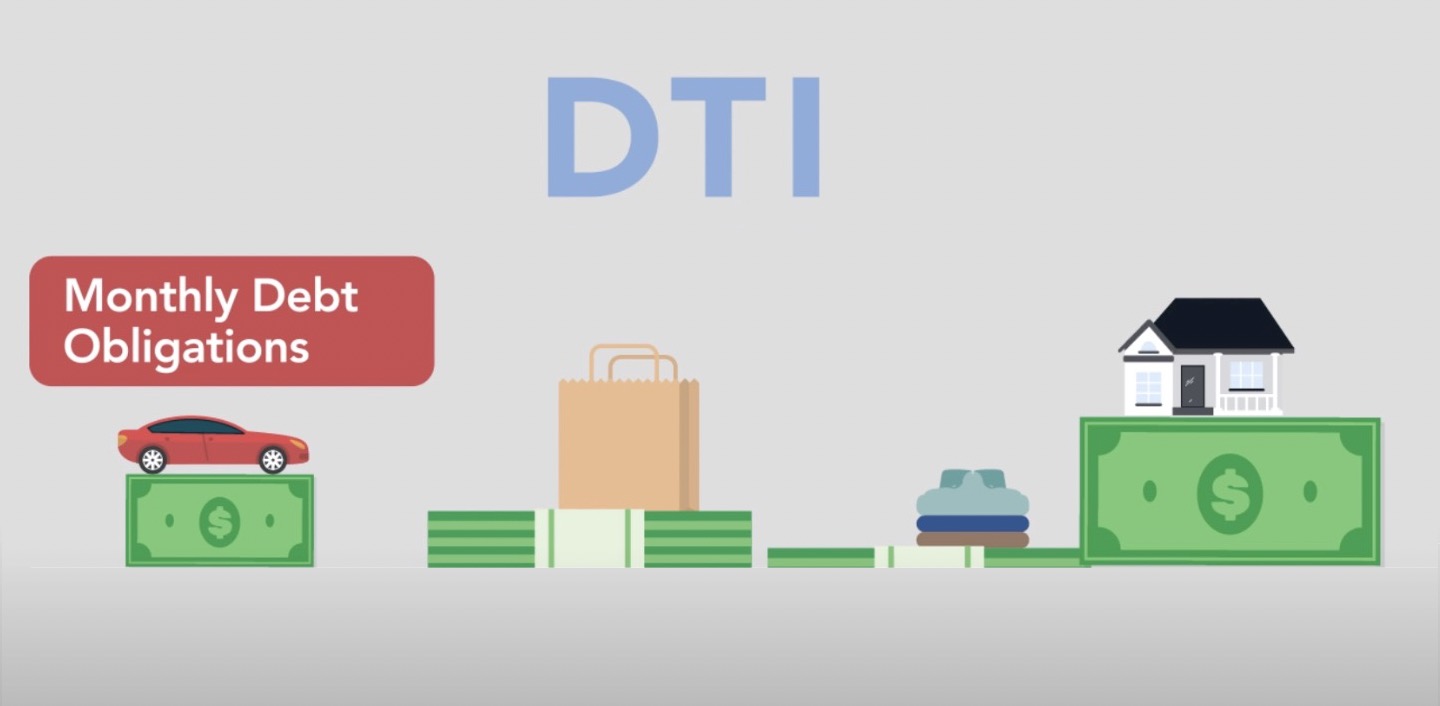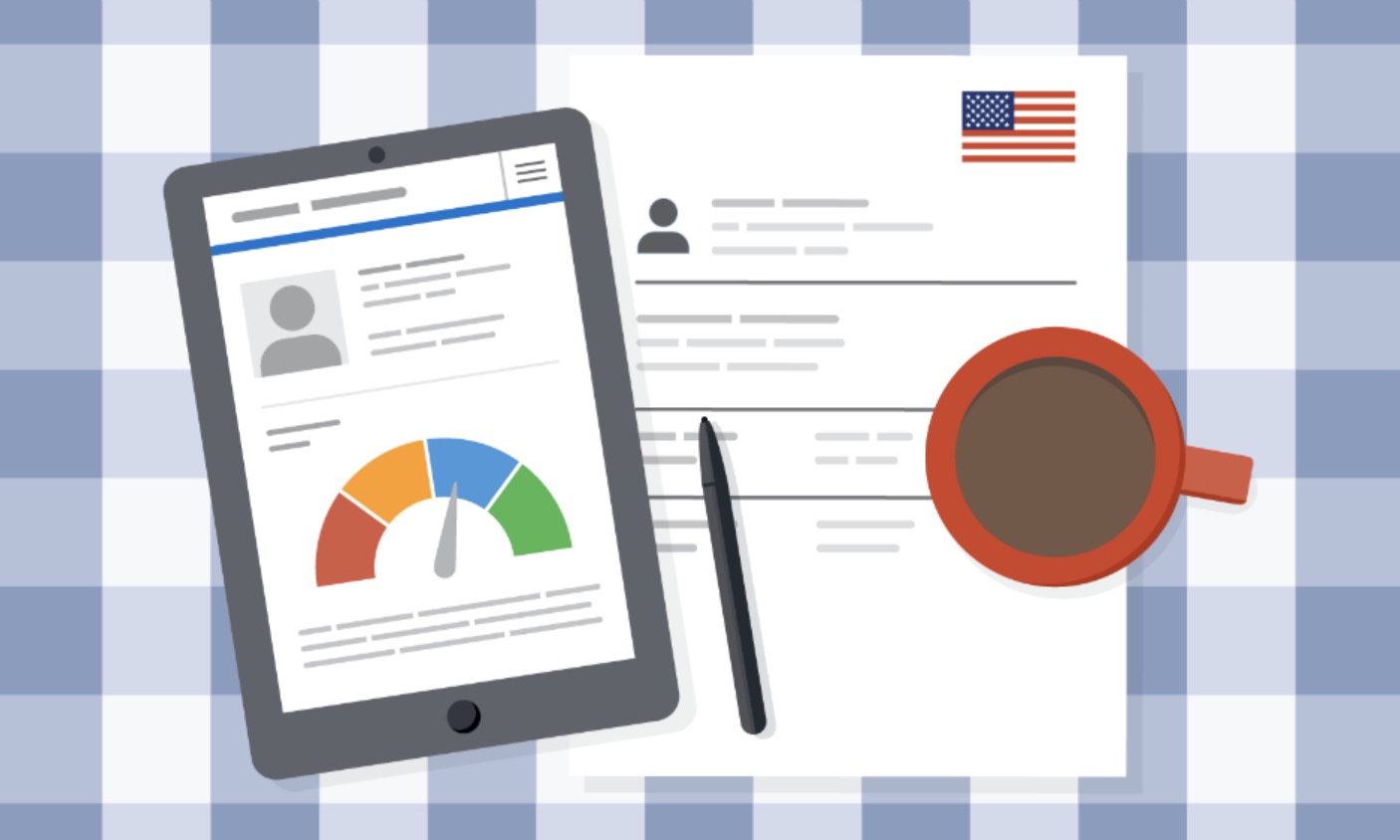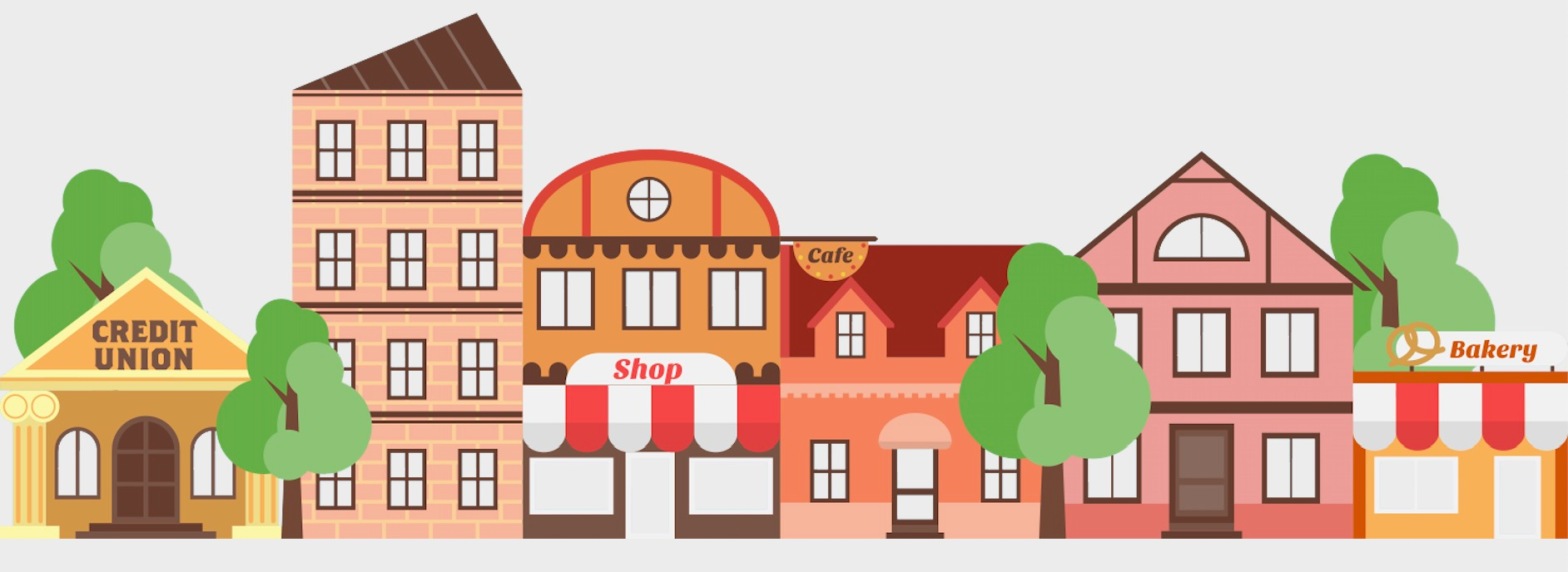For some families living with debt is normal day-to-day life. Whether or not they think they have a debt problem, many Americans are giving an enormous portion (if not all, of each paycheck) to lenders instead of keeping their hard-earned money for themselves and their families.
But what would you do if you woke up tomorrow morning – no car loan, no student loans, no credit card debt, and a house fully paid for?
Once you make the decision to get out of debt, the next step is to look at your options.
For those who have debt they can pay off in the next 1-2 years, you may want to look into debt consolidation. It’s an easy DIY way to pay high interest loans with lower interest ones. Most consumers do with a low interest rate credit card via a balance transfer. (Beware there may be a percentage fee with a balance transfer).
For those struggling with unmanageable debt there may be only a couple of options.
Credit Counseling or Debt Management
Non-profit credit counseling agencies offer debt management plans (DMP).
A DMP lets you make monthly payments through the credit counseling agency over 3 to 5 years. Those payments are immediately sent to your creditors each month to pay off your existing debt. In exchange, your creditors often agree to lower your interest rate and waive penalty fees. As long as you stay current on your payments.
Credit counseling won’t hurt your credit score, and can actually improve your score as you make consistent monthly payments to pay down your balance.You can try to negotiate a settlement (or “debt relief”) yourself, but in most cases you’ll want an experienced debt settlement company to work on your behalf. The downside of this option is that they take a percentage of the money they save you.
Example: You owe $10,000 to a credit card company and the debt settlement company negotiates it down to $6,000. They saved you $4000, but will take $1,600 to $2,000 as their fee (40-50%).So essentially you end up saving you $2,000-$2,400 on the amount you owed.
Bankruptcy
As you probably know, bankruptcy is the last resort option.
- Chapter 7 – your debts are wiped out completely. You won’t have to repay creditors, but the downside is that it stays on your credit report for up to 10 years.
- Chapter 13 – you are required to pay off some or all of your debts over 3 to 5 years. Once you file for bankruptcy, your creditors are prohibited from garnishing your wages or cutting off your utilities. You may have to sell some of your assets to pay your creditors.
Also, bankruptcy won’t wipe out all of your debts: child support, tax debts and student loans are usually not dischargeable.
Bankruptcy can be severely damaging to your credit history.







